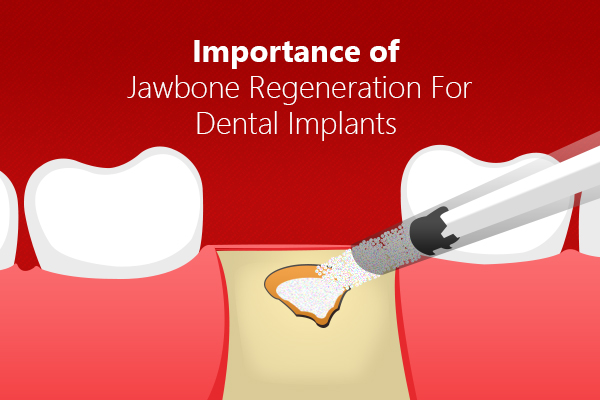For
lost or damaged tooth, the dental implants are the most useful treatments. It
is actually an installation of a titanium implant into the bone under the gums
and placing an artificial dental crown on top, to give it a real-like looks.
These implants work and look exactly like a natural teeth and are a permanent
solution. But, in order to place these implants, you need to make sure that there
is adequate amount of bone under the gums. Without jawbones, the dental implants surgery in London will
not be possible.
If
you do not have adequate amount of jawbone, you will have to go for a bone
grafting procedure. Dentists often recommend the patient to undergo the bone
grafting procedure, if they do not have enough jawbone to support the implants.
The reasons, why you may not have adequate amount of jawbone are –
 |
- Enlargement of sinus with ageing
- Some periodontal diseases
- Loss of tooth
- Tooth infection
What is bone grafting?
The
bone grafting procedure for dental implants is the first step for the implants, for those, who do not have a
proper bone structure in mouth. Dental bone grafting is bone substitute or a
stimulant that is installed into the body bone structure and the body gradually
replaces the bone substitute to provide support to the implants. The bone
substitutes or stimulants can be the bone of the patient as well as can be
processed from a bone bank and coral.
Whether
a bone should be taken from a bone bank or collected from the patient’s body is
dependent on factors like the type, location and number of implants needed
to be done. Once the bone is grafted, it takes it takes a good deal of time,
generally 4 to 9 months, to fuse with the structure and replace it with new
bone. It is then that the implants are installed.
Benefits of bone grafting:
There
are many benefits of choosing the procedure of bone grafting for dental implants. It is the best way to provide
support to your implants and have this permanent dental treatment installed in
your mouth. The common benefits are –
- Eating food becomes easy with the grafting of jawbone.
- Outer appearance is improved with the jaw and facial bone support provided to the facial skin and muscles.
- Prevents infection by helping in keeping the area clean.
- Provides support for dental implants.
There
are different types and advantages of bone grafting procedure. Before you choose the one for you, ask your
dentist to explain them to you and thereby determine the best treatment method
for you. The treatment will require inserting the bone and stitching the gums;
so that the gaps are filled with new bone and about 2 mm thickness of bone is
achieved.
















0 comments:
Post a Comment